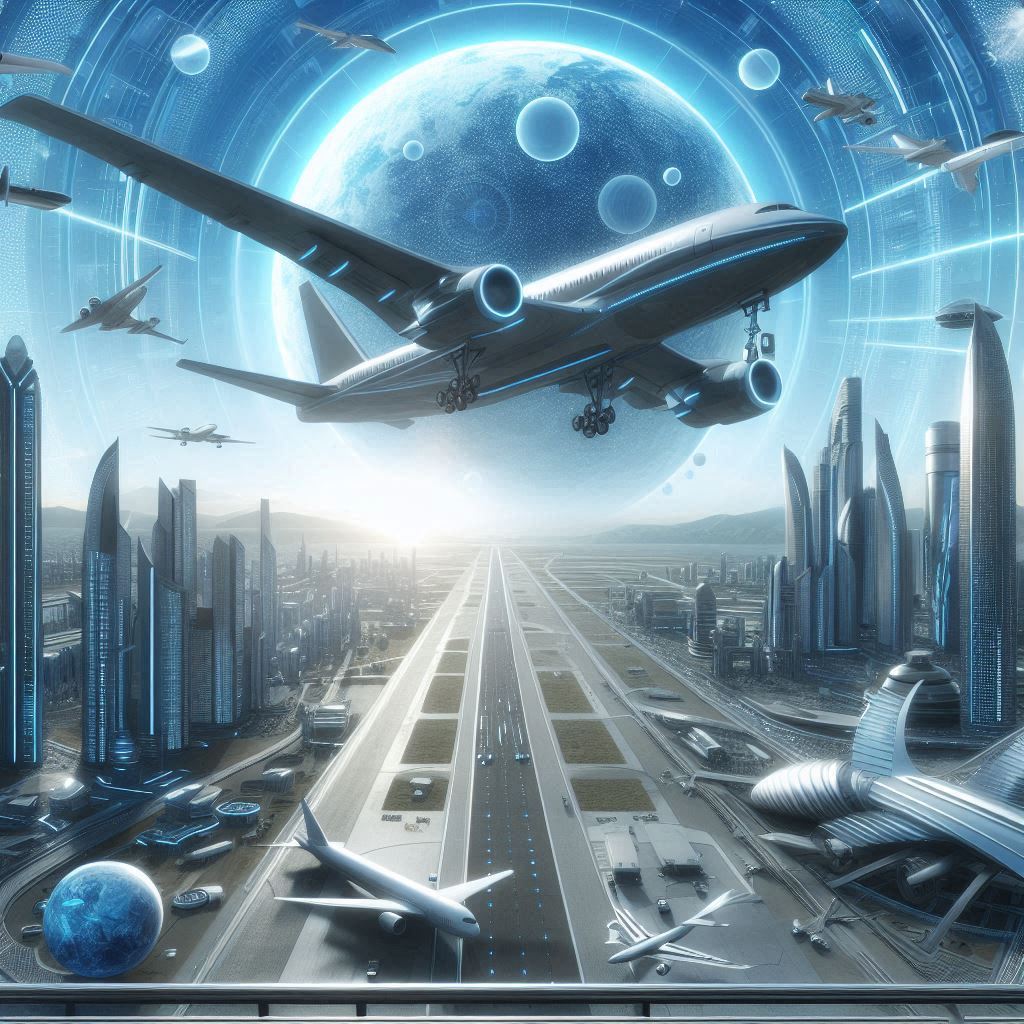
Aviation refers to the flying or operating of aircraft. It encompasses all activities related to the design, development, production, operation, and use of aircraft, particularly heavier-than-air aircraft like airplanes and helicopters.
The term “aviation” originated from the Latin word “avis,” meaning bird, reflecting the early human desire to fly like birds. Aviation includes both civil aviation, which involves commercial and private air travel, and military aviation, which involves the use of aircraft by armed forces.
here are some of the major milestones in aviation history:
- First Powered Flight (1903): The Wright brothers, Orville and Wilbur, achieved the first powered, controlled, and sustained flight with their aircraft, the Wright Flyer, on December 17, 1903.
- First Solo Transatlantic Flight (1927): Charles Lindbergh made the first solo nonstop transatlantic flight from New York to Paris in his aircraft, the Spirit of St. Louis, on May 20-21, 1927.
- First Commercial Transatlantic Flight (1939): Pan American World Airways completed the first commercial transatlantic flight, marking a significant step in international air travel.
- First Supersonic Flight (1947): Chuck Yeager broke the sound barrier in the Bell X-1 aircraft on October 14, 1947, achieving the first supersonic flight.
- Introduction of the Boeing 747 (1970): The Boeing 747, also known as the “Jumbo Jet,” made its first commercial flight, revolutionizing air travel with its large capacity and long-range capabilities.
These milestones represent significant advancements in aviation technology and have paved the way for modern air travel.